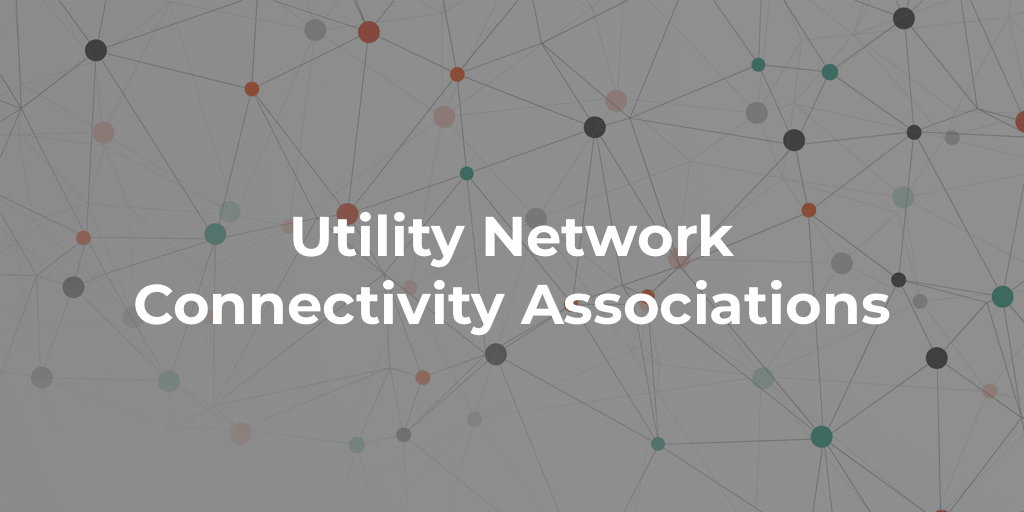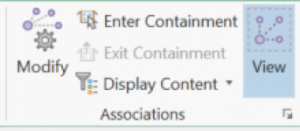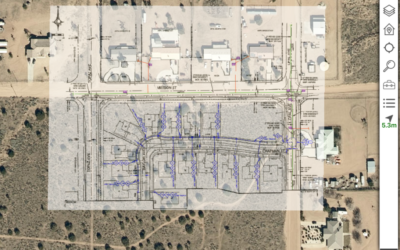
Associations in the Utility Network allow for features that are not geometrically coincident to share a relationship that’s honored by the network analytic tools.
There are three types of associations that may be established:
- Connectivity Associations
- Structural Attachment Associations
- Containment Associations
In this post, we’ll be focusing on Connectivity Associations in the context of a gas domain Utility Network. The first thing to know about Connectivity Associations is that they may only be established between point assets and only point assets that are in either the Junction or Device feature classes.
Structural and Containment associations allow for the inclusion of other feature classes in the network such as assemblies and structures. Those associations, however, will not be covered in this post.
For one of our clients, we have modeled the connection between customer meters and service taps as connectivity associations. The initial data includes service tap locations along the distribution lines and customer meters located off the line at meter locations.
These assets are shown in the next figure. Note that the customer meters without an association built could not participate in analytic processes on the network. This is because they are not geometrically connected.

In this case, associating the features requires a few steps:
- Create features at the service tap locations that are allowed for use in connectivity associations. Service Taps are assemblies, and assemblies may not participate in connectivity associations. In this case, we create Junction features of type Connection Point at every Service Tap location.
- Build an association .csv table for importing. There are many ways this table may be generated, but in this case, a Python script is used to build the table containing the To and From GlobalIDs needed for the associations based on unique IDs established during data migration.
- Import the associations .csv file with the Import Associations tool. This process will create dirty areas in the network. Note that this GP tool will fail if the appropriate junction-to-junction rule is not present in the network.
- Validate Topology to remove the dirty areas.
Dirty Areas after successful import of the associations:

Validating Topology:

Dirty Areas gone after topology validation:

View the new associations:


Using Connectivity Associations in the Utility Network there are now relationships between service taps and customer meters that may be used in Analytic tools such as tracing. Remember that this type of association only works with features form the Junction and Device feature classes and that a junction-to-junction rule must exist to allow it.
*Note: The word ‘Junction’ is used two ways in reference to the Utility Network: The first is the Junction feature class, one of the primary feature classes of a given domain in the Utility Network. The Junction feature class in a gas domain network will contain assets like Bends and Elbows. The second is in reference to network rules that apply to points. A ’junction’ in this case is any point feature in the network that participates in network rules. For example, a Customer Meter asset from the Device feature class or a Connection Point asset from the Junction feature class.


